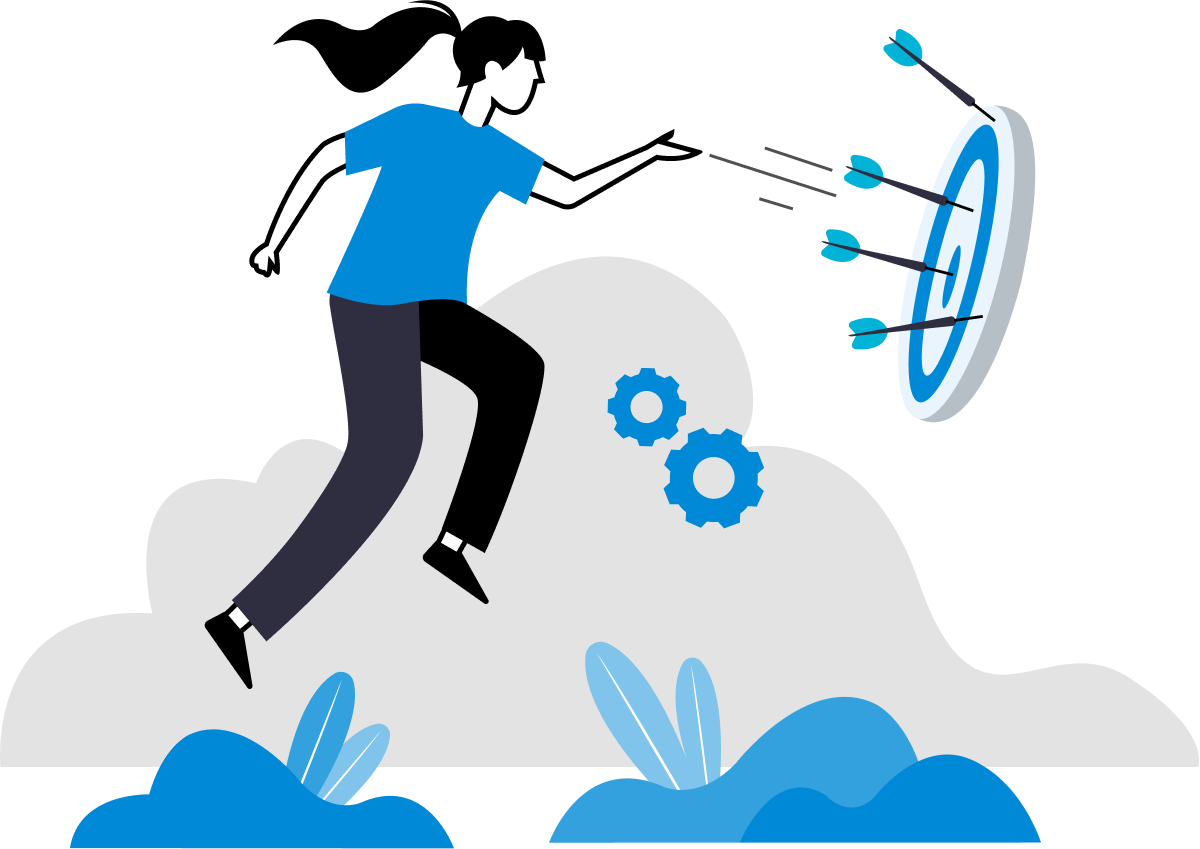Merry Christmas and Happy New Year!
Frohe Weihnachten und ein glückliches Neues Jahr
Kellemes Karácsonyt és boldog új évet!
GO TO CAPTURE.EU










Article by István Görgei - Experienced Project and Portfolio Management method and tooling expert with scaled agile knowledge
As I mentioned in my previous post,
it is worth talking about some pitfalls of digital transformation as they exist, so here we are!
Many organizations globally are at some stage of their digital transformation journey. While it's a long process, and there is always room for improvement, we don't discuss what happens afterward.
At the very beginning of my career, as a trainee, at the first meeting of the first day, the CIO stated that the purpose of IT is to serve. And according to this defined purpose, we will work on service management models to better serve our business partners.
It didn't sound right, not even then, as I didn't think this would be the future. My conviction was that IT should shape the company, and digital solutions could replace purely business thinking. IT will be in the leading role. And I was right. Many organizations realized this, and the shift started.
In a recent article (Bosch Connected World 2022 - Digitalization campaign: Bosch invests further billions in areas of future digital growth - Bosch Media Service (bosch-presse.de)) Bosch predicted that they will have 40.000 developers by 2025 and will be spending 10 billion euros to invest in a more digital future. Bosch is acknowledged as an engineering/manufacturing company, a lot more than an IT company, yet their investments and initiatives to employ that many developers show a different picture. We always hear from the biggest consulting firms that a company should focus on its main activity. Does this mean that Bosch doesn't focus on it? Does expanding in terms of developers and digitalization mean they are venturing away from their core business? Not. They are still focusing on their core activities, only from a more digital aspect - recognizing the required investments.
We have learned a lot from greenfield startups, admiring them for using quick try-and-fail validations and, as a result, sometimes inventing brand-new management techniques to beat the market. We can see on the market that the more prominent, traditional enterprises are trying to adopt those techniques, facing the challenges of transforming an established company into something more digital and progressive, all while keeping the heritage and changing the employee mindset.
In most cases, the transformation starts with IT because they are under pressure from the business. Those are the cases when we can see examples of bottom-up transformation. This means that the transformation starts in minor, using different aspects, so the overall maturity is different in the organization. Sooner or later, other departments also realize or are made to realize that they need to work like this. It spreads from the bottom, involving multiple departments, until it reaches the top management, who usually avoid being applied, so they are slowing the transformation down until it becomes indispensable for various reasons.

The trigger is mostly the competitor environment that forces the company to be faster and more efficient, but it's not only about the external competition for the customers. In this accelerated domain, many organizations need help to hunt down the best resources on the market, and the competition for the right talent is just as fierce. In most cases, the employees are unsatisfied with their situation and know they have other options. The well-educated, high-quality, experienced workforce quickly changes employers because of the need for more supportiveness in the environment or the poor work-life balance. Thus, the financial remuneration is reduced to one of the many factors. So, the biggest trigger for the transformation is the internal pressure to have a future-proof organization, and this aspect of most of the implementations needs to be included.
As the management figures out, they need change to fight against the competitors. That is when the top-down transformation starts. At this point, top management will find a significant business consultancy partner to help drive the transformation. The big consultant firms involved are contracted to transform the entire organization, including everyone in the agile journey. As in every company, different departments' maturity levels are very different. Those with rigid management, methodical standards, or history will be stuck and left behind because they cannot meet the defined enterprise standard. The different-paced improvement in digital transformation will widen the gap between the various departments, causing frustration and inefficiency.
Consulting firms always try to reshape the processes and the organization to fit the new working method. Therefore, they touch the middle management but must remember the HR layer and the motivation factors. I've seen examples where they tried to nominate project managers and middle management as product owners to reuse those promising talents, but the concept is very different. They cannot act as needed, creating frustration and fluctuating on mid-management and team levels. The mid-management's work is to eliminate any issue from the delivery team to be more productive, and this sentence is also valid for the agile working methods. But initially, functional or hierarchical management works differently. This is similar to politics. If you have more resources, you can win more votes. This is how an organization used to work, and nowadays, we are shifting in that direction when better ideas with better resource utilization make you the top of the competition. It means that the whole transformation will mix the cards internally, and it could look like a chaotic environment. This could lead to chaos if the HR vision and change are managed poorly. The organization needs to be well prepared for this with multiple scenarios with the involvement of the top management.
From an investment-related perspective, the planning and governance layer also needs changes as the delivery concept has changed. This is the third most significant issue with transformations. On the team level, the teams are ready to deliver the tasks using agile technics, but the top-level planning still needs to be connected because everyone is stuck to the classic annual planning. Therefore, we can still have questions from the top management, like how much this project will cost us. If you hear something like this, you can be sure that the organization needs to fine-tune the iterative planning concept. The most important thing here is that the strategy needs to be connected to operations because a team member needs to understand how they could complete a slice of the strategy by completing a single task. This also helps with overall motivation and ensures the best morale internally.
At the same time, PMO (Program/Project Management Office), in most cases, is getting dismissed at the beginning of the transformation because everyone thinks a new method also needs a new department. I believe this is the third mistake because, with this move, the organization is killing the most experienced team that previously gained much knowledge on how a standard could be implemented in the specific organization. So, the value here is how PMO can drive change in the company because, by default, the PMO is not a control function but an enablement. PMO should help the stakeholders to understand and improve the methodical and process standards. This function could stabilize the overall maturity of the organization.
In conclusion, embarking on a digital transformation journey is crucial for organizations to stay competitive. However, it's essential to be aware of potential pitfalls. Key challenges include balancing heritage with new practices, addressing employee satisfaction, and aligning strategy with operations. Top-down transformations can lead to frustration and inefficiency among different departments. Planning, governance, and retaining the Project Management Office's (PMO) expertise are vital. By navigating these challenges effectively, organizations can achieve successful digital transformations and a more competitive future.
To access this document, please enter your email address.
If you want to view this webinar video, please enter your email address in the field below.
We have sent you an email to your email address with a link to the file.
OK